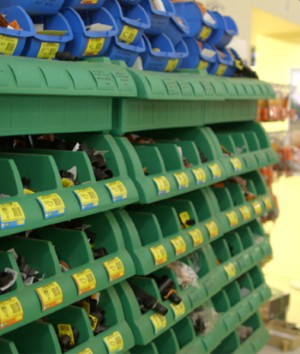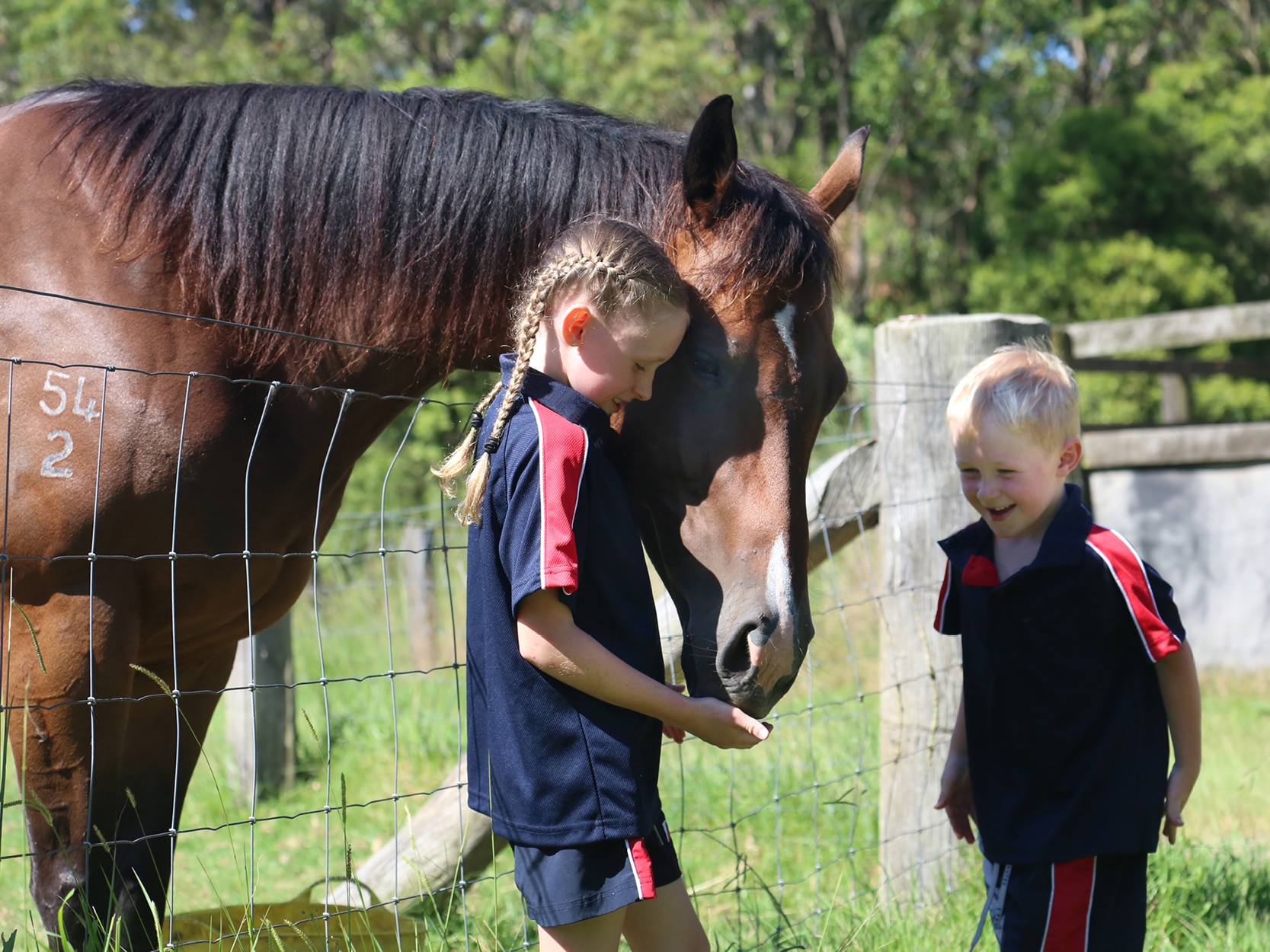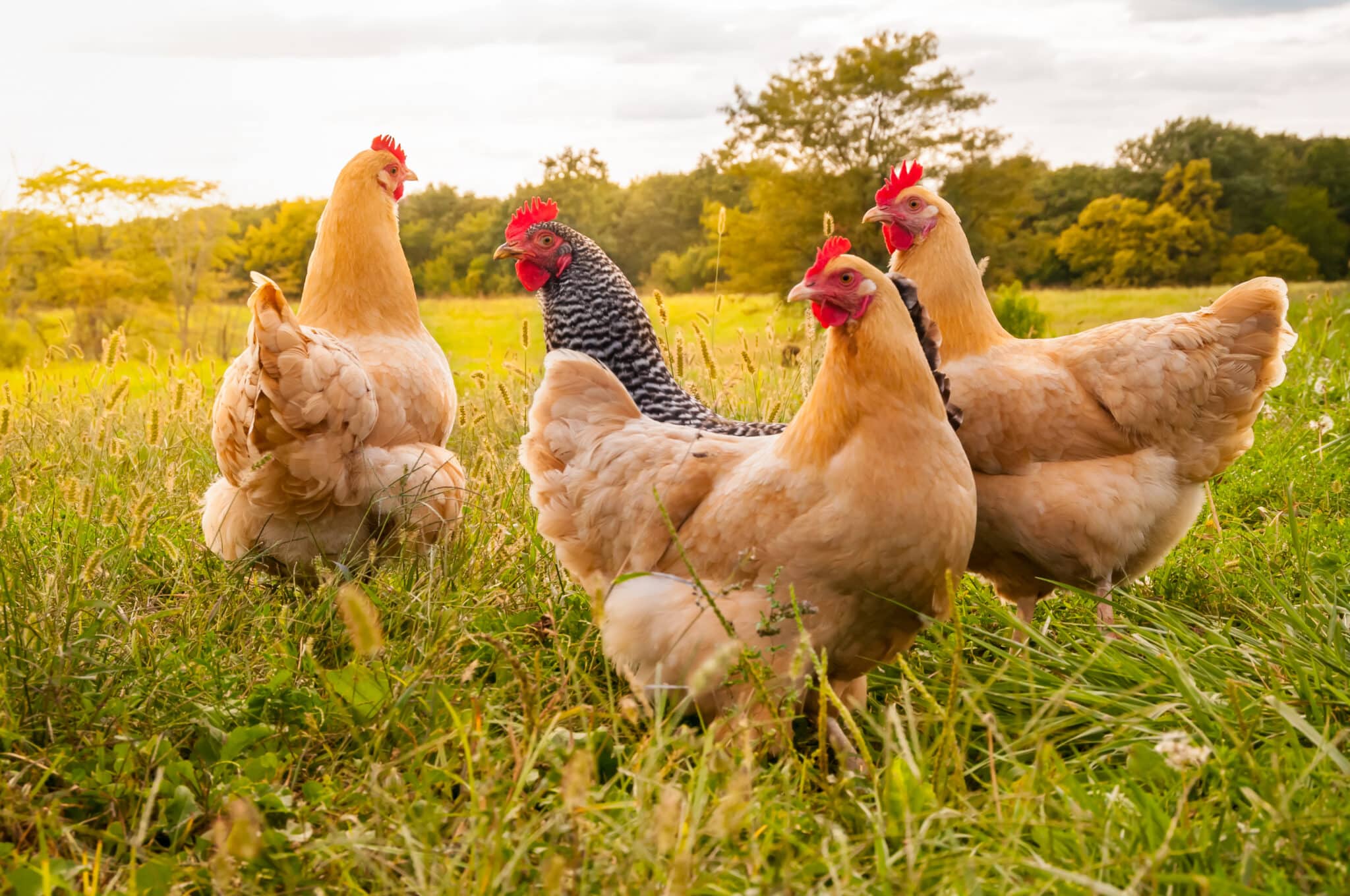Good control of weeds and insects is a vital part of achieving high yielding forage brassica crops in the far north-west of Tasmania.
Roberts Senior Agronomist, Dan Sutton, said the region was prized as a dairy area with winter dominant rainfall of up to 1600mm per year.
Forage brassicas are a key grazing option through the area and a crop that can produce large quantities of quality feed if managed correctly.
“Farmers will sack me if we don’t get ten tonne to the hectare dry matter, and fifteen tonnes per hectare is not unusual,” Mr Sutton said.
To achieve these tonnages a range of factors are considered including controlling insects such as Diamondback moth in the early stages of development.
“It is worked out on a temperature model so we look at how long it takes the crop to emerge and whether we’ve got Diamondback moth pressure,” Mr Sutton said.
“We recommend an application of Success™ Neo just as the Diamondback moth larvae are coming out of the leaf and starting to attack the centre of the crop. At that time, the crop is at its most vulnerable. That first application of Success Neo and we end up with success.”
He said a major benefit of Success Neo was its ability to leave key beneficial insects in the crop which will help control any grubs that come through later in the season.
“We do get wasps but it is mainly the spiders that we seem to get our predatory effect from. That was the first thing I noticed when I started using Success Neo. It was the spiders and predators in the crop. It was just fantastic.”
Mr Sutton said the competitive nature of forage brassica crops and the retained beneficial insects meant an application of Success Neo early in the season was normally enough to see it through.

“They are very competitive and as soon as you get the ground cover, they can look after themselves,” he said. “To some extent, we’ve still got the odd Diamondback moth larvae still grazing on this but when we’ve got our growth rates up to 150 kilos a day, dry matter, we don’t mind the Diamondback moth eating a couple of kilos. You’ve got to have something for the spiders to eat.”
He said another key option in achieving high yields was to control a range of broadleaf weeds in the early stages of the crop.
“If we are in a paddock with a severe weed infestation we’ll come back in two or three weeks after the Success application with ForageMax™ herbicide.”
“The broad leafed weeds, fat hen, nightshade and thistles are the ones that cause us grief. It was good when ForageMax came on the market. It was the only herbicide we had for forage brassica.”
“ForageMax is quite residual but all we need is to knock down that initial weed growth.” He said they used the Uptake™ spraying oil adjuvant with both products to improve the crop protection. “I use Uptake when I’m using Success and ForageMax. The Uptake works adequately to spread the chemical and I see very little, or no, phytotoxicity.”
Forage brassicas are a major feed source for dairy farmers in the area and are typically sown in mid-to-late spring as the country dries out and the pasture varieties are running up to head.
“That forage brassica is then started to go into the feed program ten, eleven weeks after sowing. High yield, at ten to fifteen tonnes per hectare, ME of 12, 13, protein, 20 per cent protein, MDF is quite low at 25 per cent, so it becomes a good feed additive in three or four weeks when the pasture residue is typically high in fibre and down in ME and protein.”
“The other benefit in this system being mainly dryland is that the turnips give us up to five tonne per megalitre water use efficiency, whereas the pastures are only typically giving us one. So it is a very efficient way of using that water reserve.







